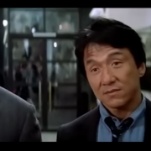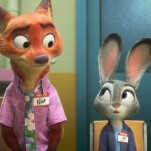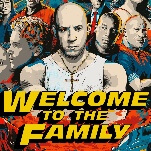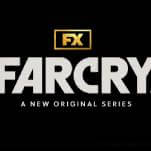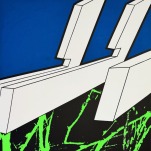Get Out was somehow perfect fodder for both academia and GIFs
There’s been plenty of popular horror flicks over the years that reaped both critical and commercial acclaim. Rarely, however, do those movies weave themselves into the zeitgeist, affixing themselves into the general discourse that surrounds culture and horror. Even a critical darling like It Follows perseveres mostly as an enduring slumber party staple than a fruitful discussion piece. That Jordan Peele’s Get Out has, over the last year, established itself as both a crowd-pleaser, a horror game changer, and a probing piece of timely social satire is a marvel unto itself, and has caused the film to enjoy a strange second life in both the realms of academia and meme culture.
Both of these extensions of the film are discussed in Vulture’s new oral history of the film, which speaks to all the major players about Get Out’s inception, locations, behind-the-scenes culture, and enduring appeal. We’ve already shared the footage of Peele surprising the UCLA classroom of Tananarive Due, who’s teaching a class entitled Sunken Place: Racism, Survival, And Black Horror Aesthetic, but to hear her discuss the ways in which Peele himself seems to be analyzing his own experience of writing it through these lenses is touching.
“Peele told my class that when he was writing the scene with the sunken place, he realized that it represented the prison-industrial system. He saw the metaphor of black bodies being abducted and thrown into holes and he said he started crying. He wasn’t used to being that person who looked at these issues systemically,” says Due.
Another professor, University of California, Riverside professor John Jennings, says he immediately went to his office and wrote a syllabus after seeing the movie. “I think there’s going to be a before Get Out and an after Get Out,” he says.




















